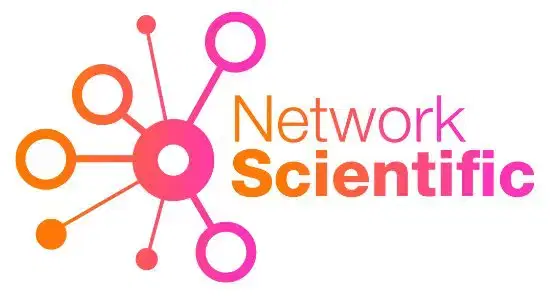Pharmaceutical Marketing in Light of the Google Ad Policy Update for Medical and Healthcare
What’s Changing in Google’s Medical & Healthcare Advertising Policy?
So, what does this new policy really mean for pharmaceutical marketers? Globally, prescription drug terms remain tightly restricted to protect consumers and ensure compliance, but there’s a shift for certain regions. Advertisers in Canada, New Zealand, and the United States can now use specific prescription drug terms, as long as campaigns follow local regulations.
At the same time, Google is refreshing its restricted drug terms policy page, adding updated language and monitored content examples that will directly impact ad copy, landing pages, and keyword strategies. With these changes in play, strategic planning in pharmaceutical marketing has never been more crucial, making it essential for advertisers to stay proactive, precise, and compliant.

Why This Update Matters to Marketing Agencies in the Medical & Healthcare Landscape
For agencies managing pharmaceutical marketing, the Google Ads healthcare and medicine policy update brings both opportunities and responsibilities. Agencies can now engage licensed healthcare professionals with relevant messaging while using restricted drug terms responsibly in approved regions.
At the same time, ensuring compliance across ad copy, keywords, and landing pages is critical to avoid campaign disruptions. By implementing segmented campaigns that differentiate messaging for healthcare professionals and consumers, agencies can optimise targeting, enhance engagement, and deliver stronger overall campaign performance.
Implications for Medical & Pharmaceutical Clients
The Google Ads healthcare and medicine policy update highlights why structured and proactive campaign management is essential for pharmaceutical and healthcare clients. For example, a campaign promoting a prescription-only diabetes medication must ensure that all ad copy, landing pages, and keywords comply with Google’s updated rules and UK regulations. Failure to do so could result in ad disapprovals, interrupted campaigns, and loss of visibility on critical search terms.
Maintaining compliance is not just about avoiding disruptions, it also protects the investment in digital marketing. For instance, targeting GPs or specialist clinicians with tailored educational content about a new therapy can drive meaningful engagement, while ensuring messaging avoids making claims directed at the general public that would breach regulations. Similarly, consumer-facing campaigns, such as for vitamin supplements or over-the-counter treatments, must clearly distinguish themselves from prescription medication advertising to stay compliant.
Campaigns should also be optimised for performance. Segmenting audiences by role healthcare professionals versus patients, allows marketers to deliver personalised content, improving click-through rates and conversion. Strategic keyword targeting, using compliant variations of restricted drug terms, helps maximise reach while avoiding policy violations. By aligning pharmaceutical marketing strategies with Google’s updated policy, clients can maintain compliance, achieve consistent visibility, and remain competitive in a sector where regulatory oversight is stringent and evolving.
How Network Scientific Helps Clients Stay Ahead
- Conducting regular compliance audits of campaigns
- Updating ad copy, landing pages, and messaging in line with policy changes
- Structuring campaigns for maximum reach, engagement, and performance
- Providing ongoing guidance on regulatory updates and emerging opportunities
By proactively adapting to both Google policy updates and broader industry trends, our clients can run campaigns that are effective, compliant, and uninterrupted.
Learn more about our services and how we help clients navigate the Google ads healthcare and medicine policy update for pharmaceutical marketing in the medical landscape. Get in touch with our team.
